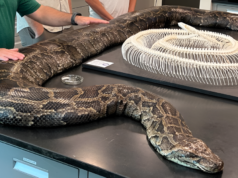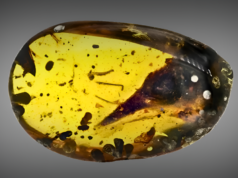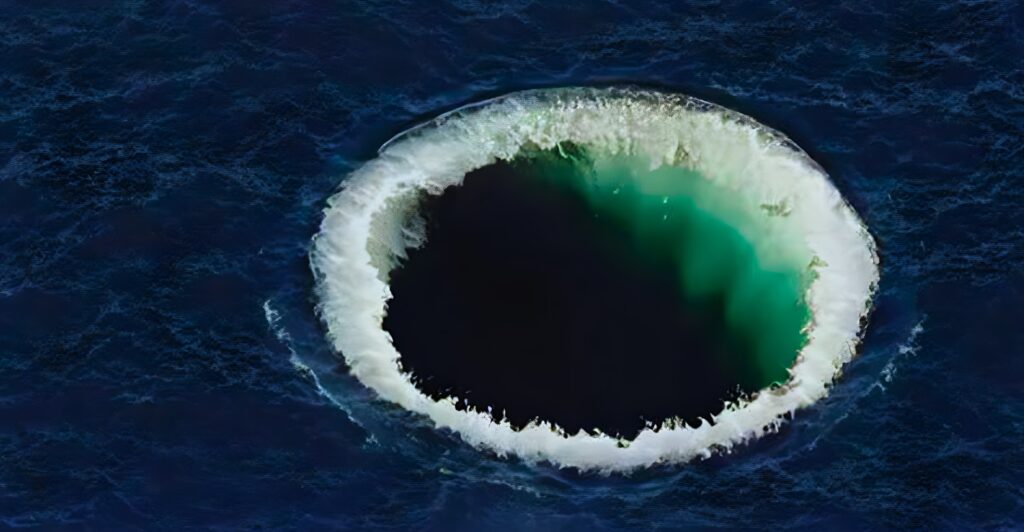
n the vast expanse of the Indian Ocean lies a scientific anomaly that has puzzled geologists and physicists for decades: the Indian Ocean Geoid Low (IOGL). Commonly referred to as a “gravity hole,” this region exhibits an unusually weak gravitational pull, causing the sea level above it to dip by over 100 meters. While gravity is expected to vary slightly across Earth due to the planet’s uneven mass distribution, the IOGL remains an extraordinary exception. This article explores the mysteries surrounding this weak spot in Earth’s gravitational field and the theories scientists have proposed to explain its origin.
What is a Gravity Hole?
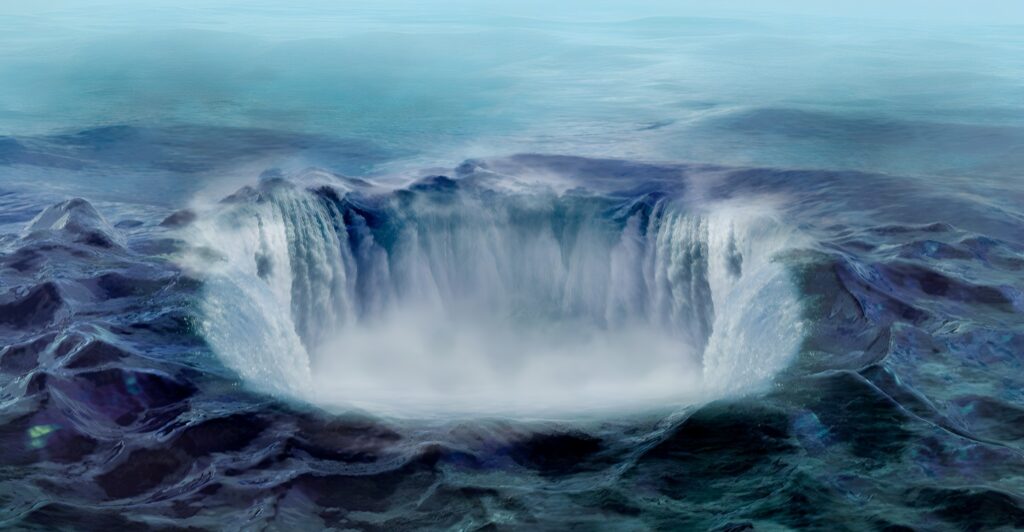
The term “gravity hole” might evoke images of black holes or cosmic phenomena, but it refers to a region where Earth’s gravitational field is weaker than expected. Gravity on Earth is influenced by the density and distribution of mass within the planet, from surface features like mountains to deep subterranean structures. In the case of the IOGL, the gravitational anomaly manifests as a significant dip in the geoid—Earth’s hypothetical ocean surface level if undisturbed by winds or currents.
Discovery of the Anomaly
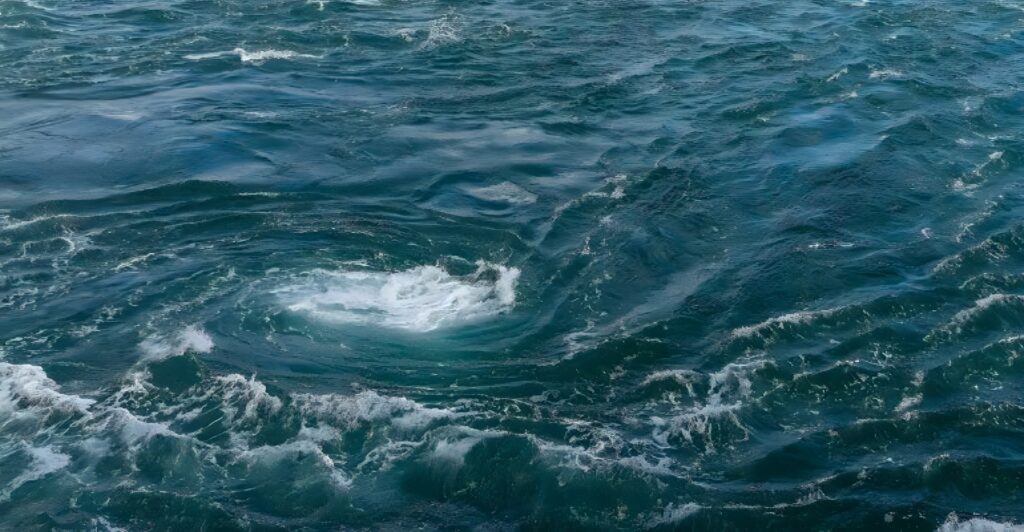
The gravity hole was first identified in the 1940s and 1950s when measurements of sea levels in the Indian Ocean showed an unexpected depression. However, it wasn’t until the advent of satellite technology in the late 20th century that scientists could map the geoid with precision. NASA’s GRACE (Gravity Recovery and Climate Experiment) mission in the early 2000s provided detailed data, confirming the IOGL as the lowest point in Earth’s geoid.
The Role of Earth’s Mantle
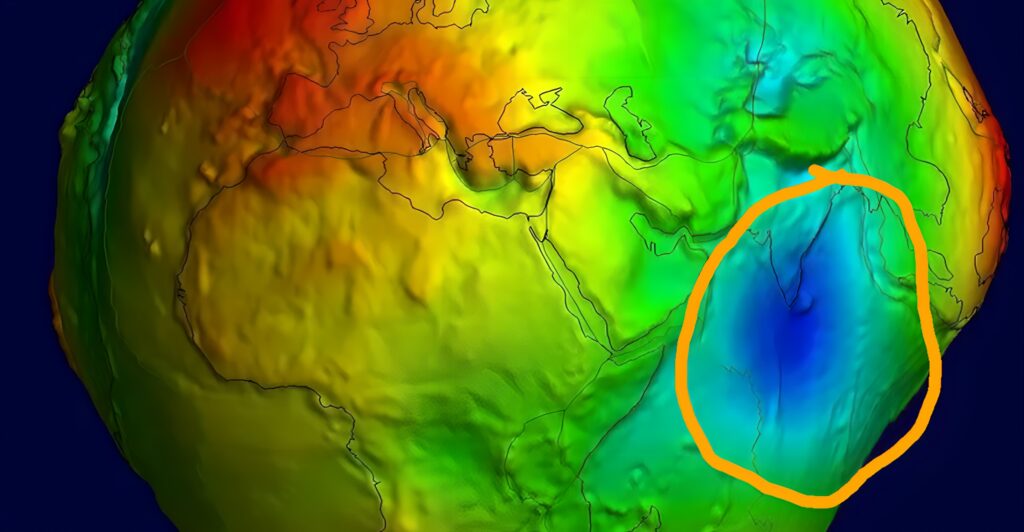
One prominent theory attributes the IOGL to the dynamic processes occurring deep within Earth’s mantle. Scientists suggest that a massive blob of low-density material resides beneath the Indian Ocean. This anomaly could be a remnant of ancient tectonic plate movements or the result of a mantle plume—a column of hot, buoyant rock rising from deep within the Earth. Such low-density material would exert less gravitational pull, creating the observed dip in the geoid.
A Link to the Ancient Tethys Ocean
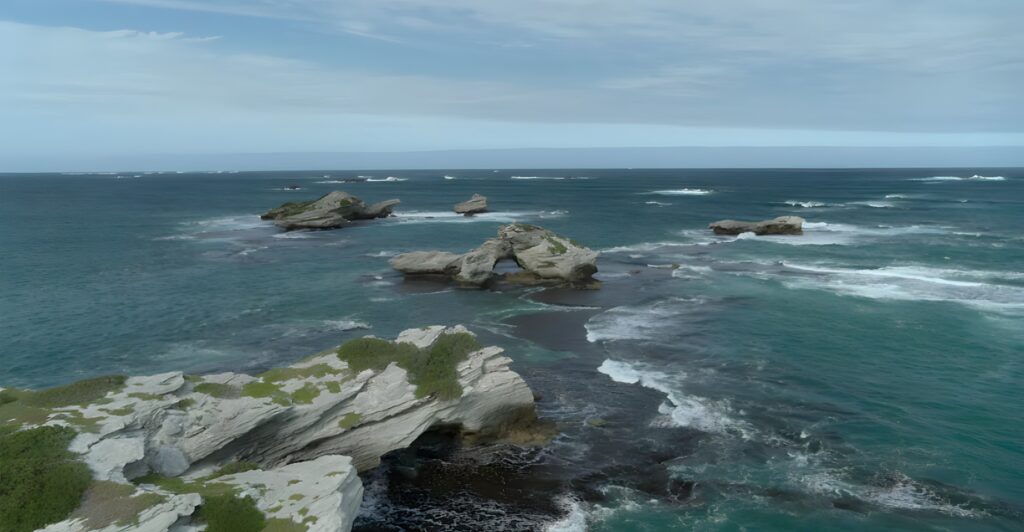
Geologists have also explored the possibility that the IOGL is a relic of the Tethys Ocean, which existed millions of years ago before the Indian and Eurasian tectonic plates collided. As the plates moved, dense oceanic crust may have been subducted into the mantle, leaving behind the lighter materials now associated with the gravity hole. This theory aligns with the region’s complex tectonic history and ongoing seismic activity.
Impact of the IOGL on Ocean Currents
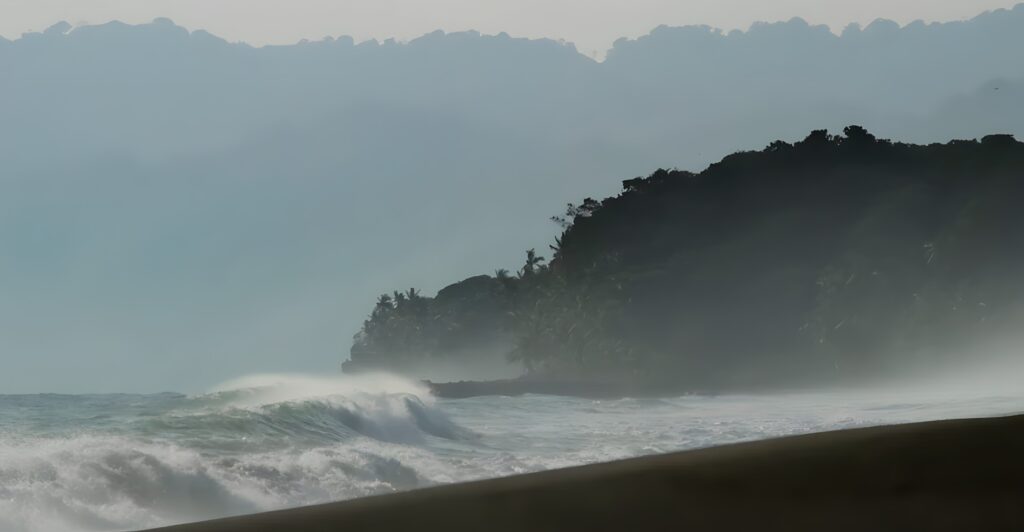
The Indian Ocean Geoid Low does more than perplex scientists—it actively influences ocean circulation. The geoid dip alters the flow of water in the Indian Ocean, impacting currents like the Indian Monsoon Current and the Agulhas Current. These currents, in turn, play a critical role in regional climate patterns, including the monsoon systems vital for agriculture and livelihoods in South Asia and East Africa.
Satellite Data and Advances in Understanding
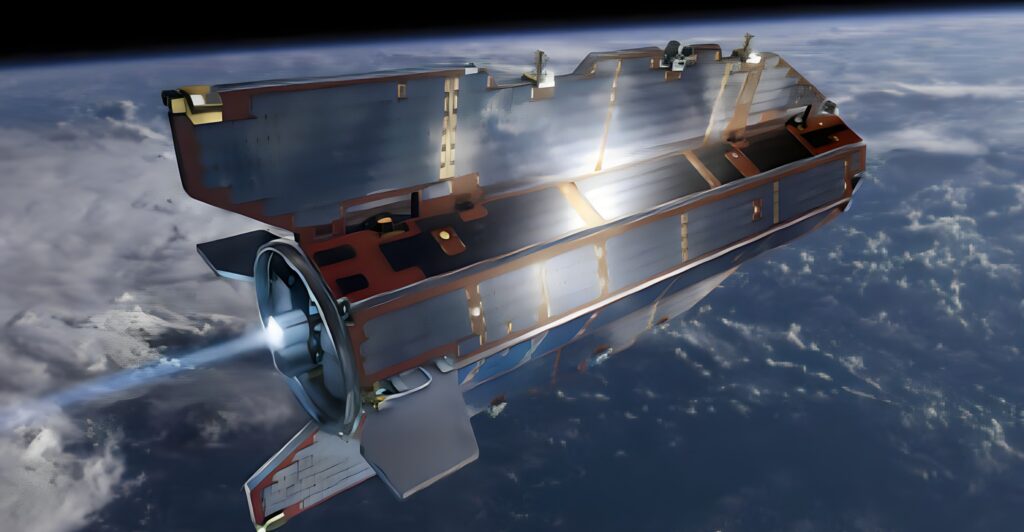
The GRACE and GOCE (Gravity Field and Steady-State Ocean Circulation Explorer) satellite missions have significantly enhanced our understanding of the IOGL. By measuring minute variations in gravitational pull across the globe, these missions have helped map the gravity hole with unprecedented accuracy. Researchers now have a clearer picture of the geoid’s contours and the underlying geological structures.
A Puzzle for Climate Science
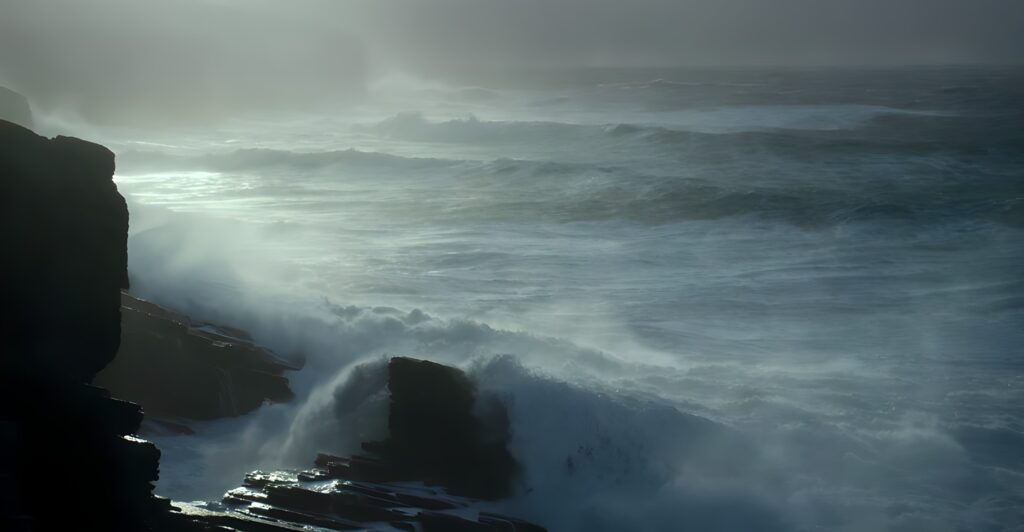
The IOGL isn’t just a geological curiosity; it also has implications for climate science. As global warming accelerates sea-level rise, understanding anomalies like the IOGL becomes increasingly important. Variations in the geoid can affect regional sea levels, potentially influencing how climate change impacts coastal communities around the Indian Ocean.
The Search for Definitive Answers

Despite decades of research, the exact cause of the IOGL remains elusive. Multidisciplinary teams of geophysicists, oceanographers, and climatologists continue to study the anomaly, employing advanced computational models and data from new satellite missions. The answers may lie in a combination of factors, including mantle dynamics, tectonic history, and even the gravitational pull of distant celestial bodies.
Mythology Meets Science
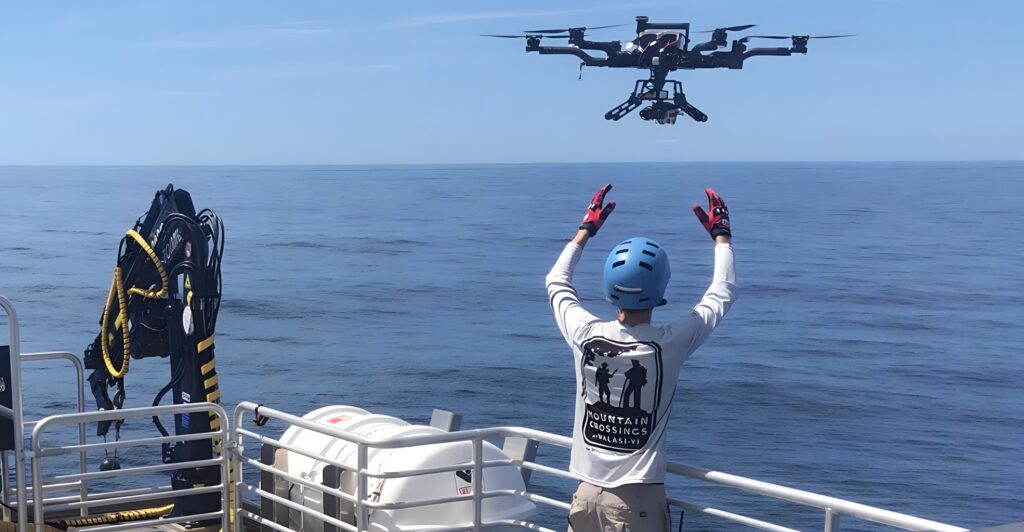
The gravity hole has also captured the imagination of local communities and folklore. Some traditions attribute the anomaly to mythical undersea kingdoms or the whims of ocean deities. While such stories are far removed from scientific explanations, they highlight humanity’s enduring fascination with the mysteries of the natural world.
Technological Challenges in Exploration
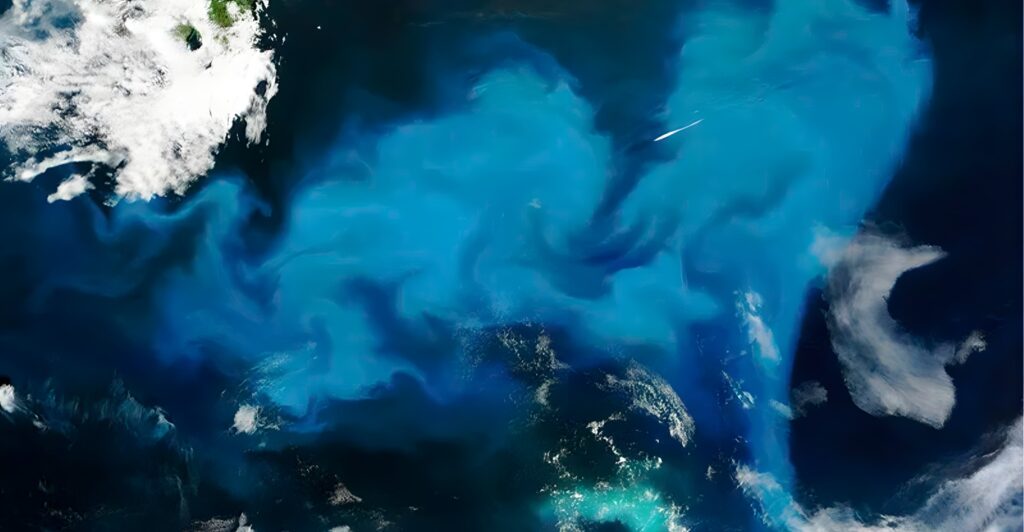
Studying the IOGL is no small feat. The Indian Ocean’s vastness and depth pose logistical challenges, requiring sophisticated equipment and international collaboration. Robotic submarines, seismic sensors, and satellite technology are among the tools scientists use to probe the depths of this enigmatic region.
A Window into Earth’s Inner Workings
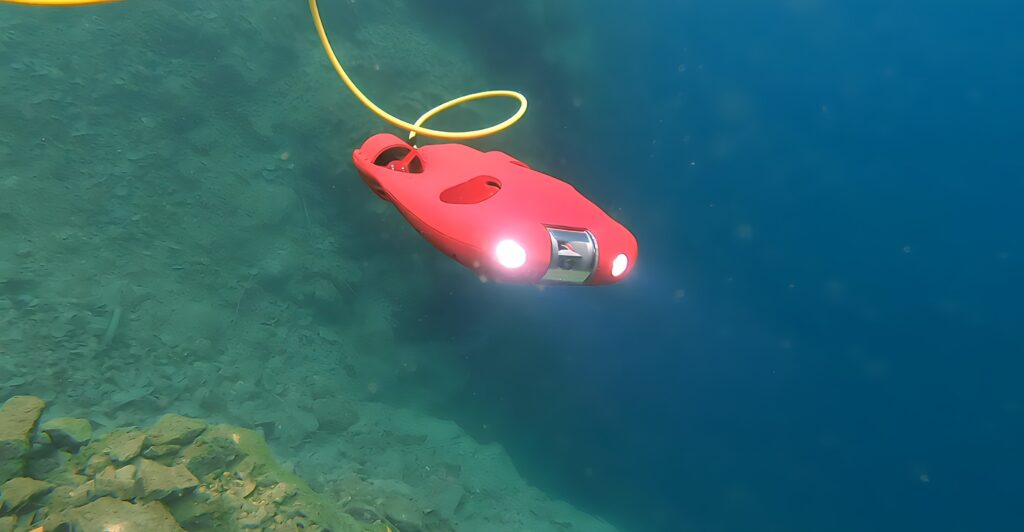
The Indian Ocean Geoid Low serves as a unique window into Earth’s inner workings. By studying this anomaly, scientists gain insights into the planet’s structure, from the crust to the core. The findings could have broader implications for understanding phenomena like earthquakes, volcanic activity, and even planetary formation processes.
An Ongoing Mystery
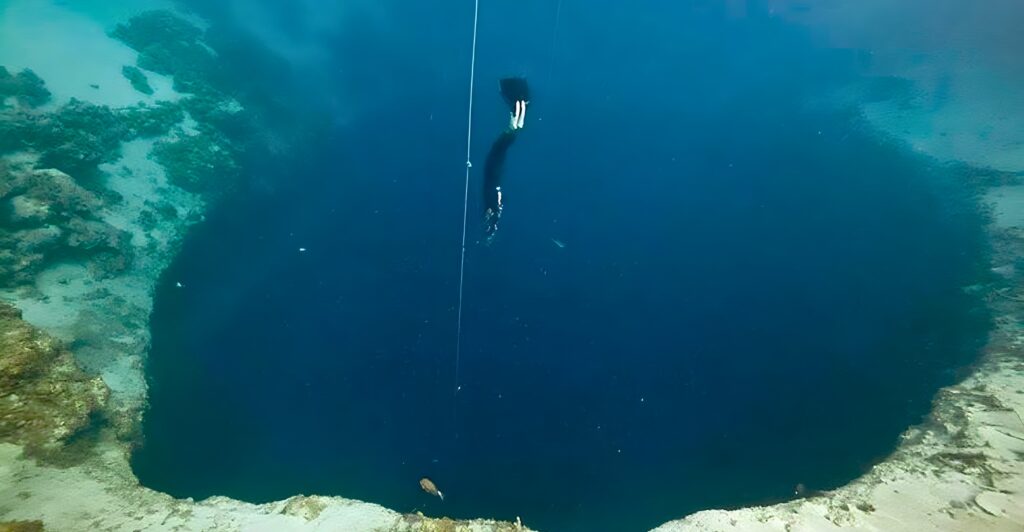
The gravity hole beneath the Indian Ocean remains one of Earth’s most intriguing mysteries. Its study has not only deepened our understanding of gravitational anomalies but also sparked broader discussions about the interplay between geology, oceanography, and climate science. As research continues, the IOGL stands as a testament to the complexity of our planet and the endless questions it poses to those who seek to understand it.
Stay connected with us for more stories like this! Follow us to get the latest updates or hit the Follow button at the top of this article, and let us know what you think by leaving your feedback below. We’d love to hear from you!


